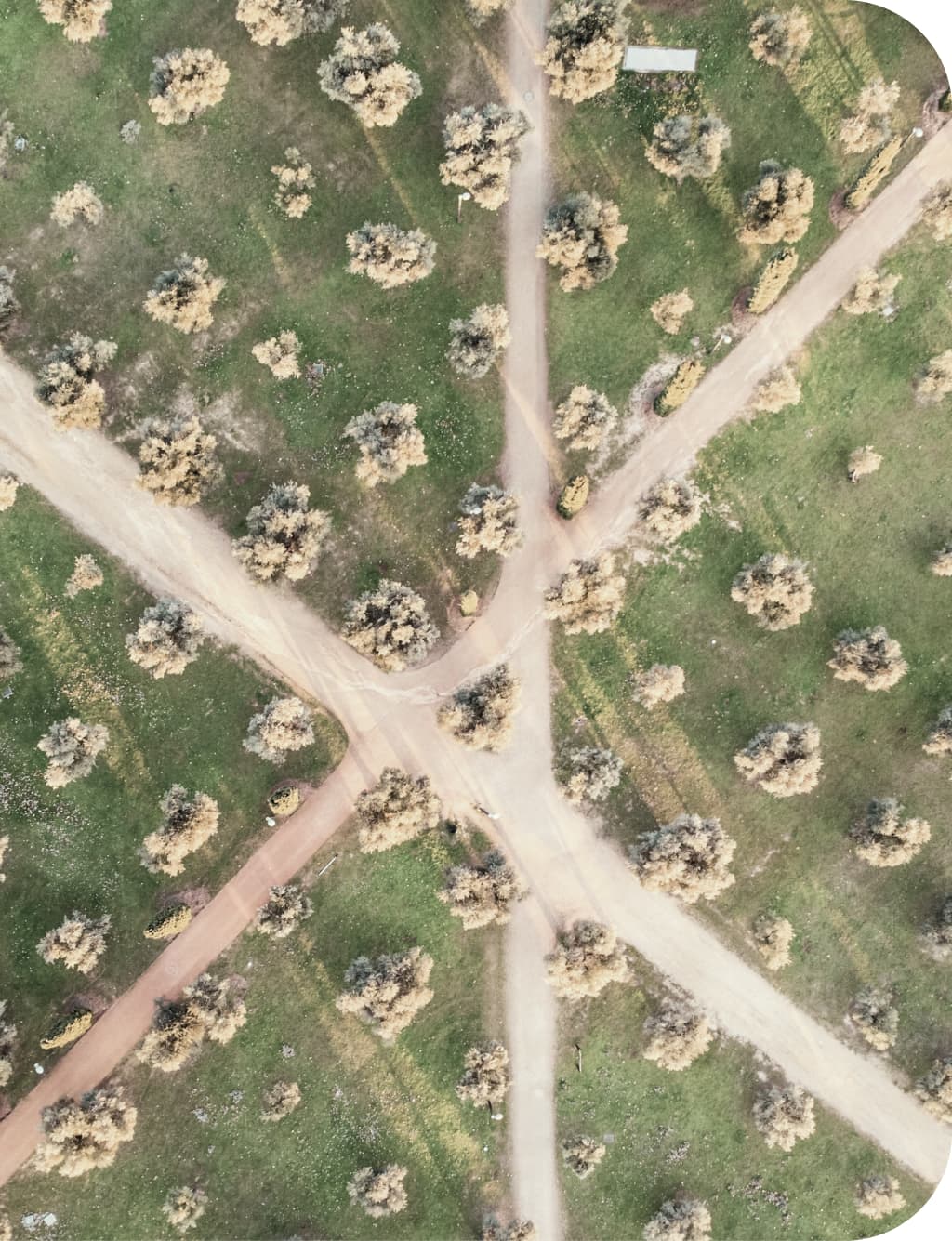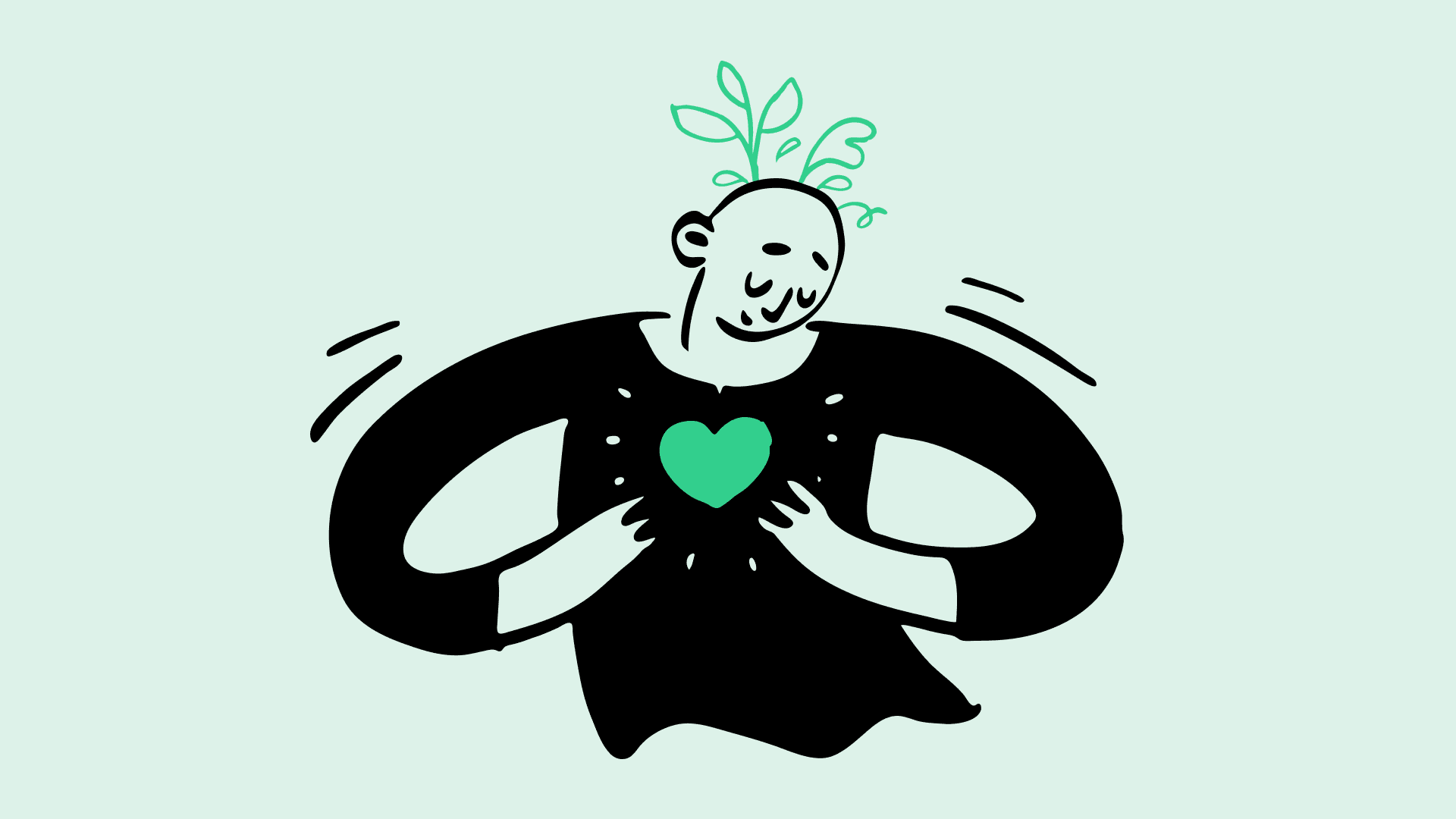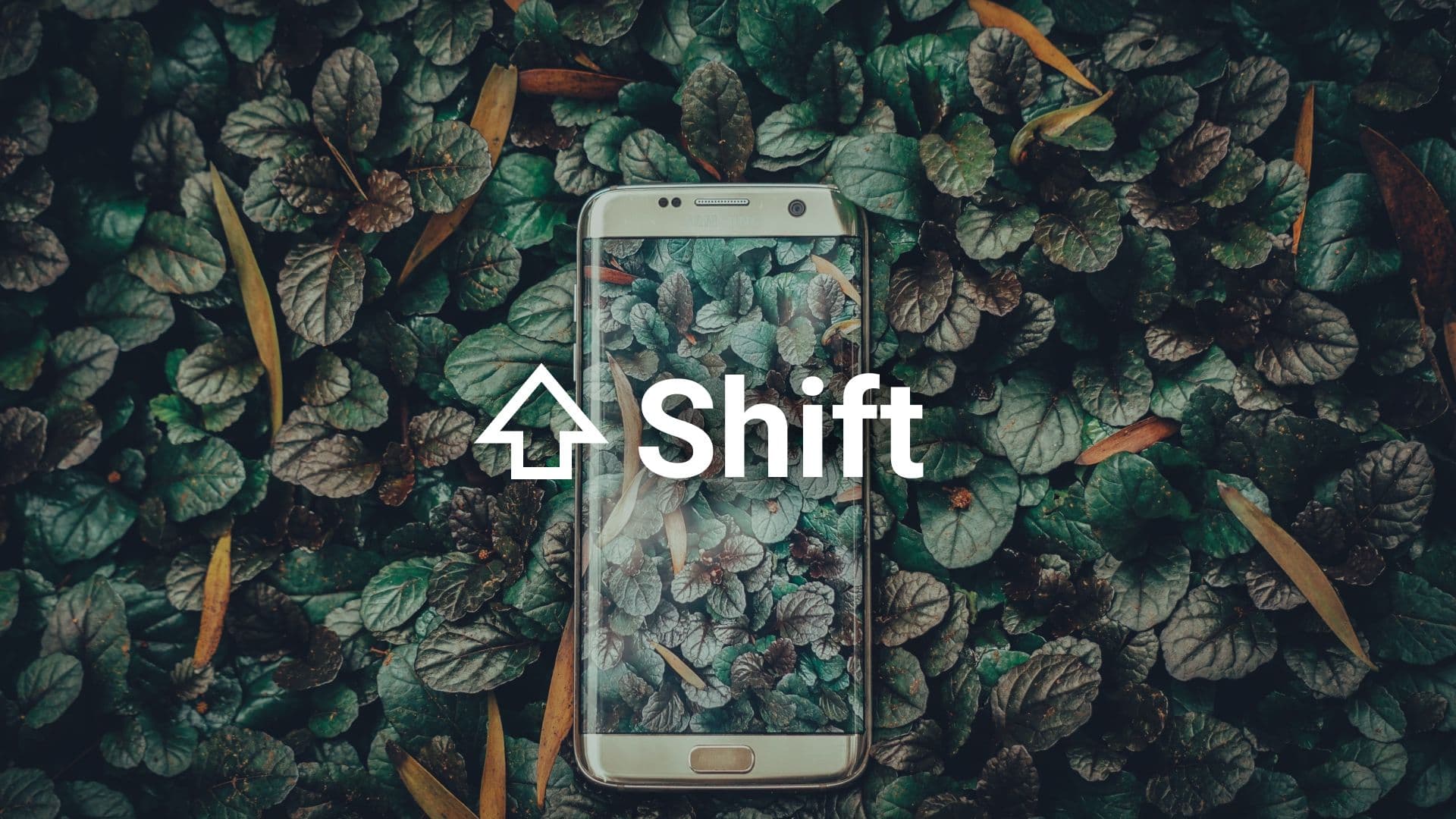Everything Life-centered Design and what I am doing in this space
I believe that we need to start to go beyond short-term desires, think holistically, and create value in a greater sense in order to build sustainable businesses and become future-ready.

What is Life-centered Design?
Life-centered Design is an emerging design thinking that considers all life while designing products, systems, or services. It acknowledges, that we live in a co-dependent system and therefore need to act this way. Life-centered Design is a holistic approach that considers the whole life-cycle of a solution, all stakeholders – including non-human ones – and short-term as well as long-term effects. There is an ever-growing community that is developing and promoting the principles of life-centered design and creating practical tools to help make it applicable. One example is the Life-centered Design Collective we founded in 2022. Some tools, like the non-human persona, have been used and perfected quite a lot already, while others are just being developed. If you want to stay up to date on resources around LCD, I want to recommend my repository called LifeCenteredDesign.Net

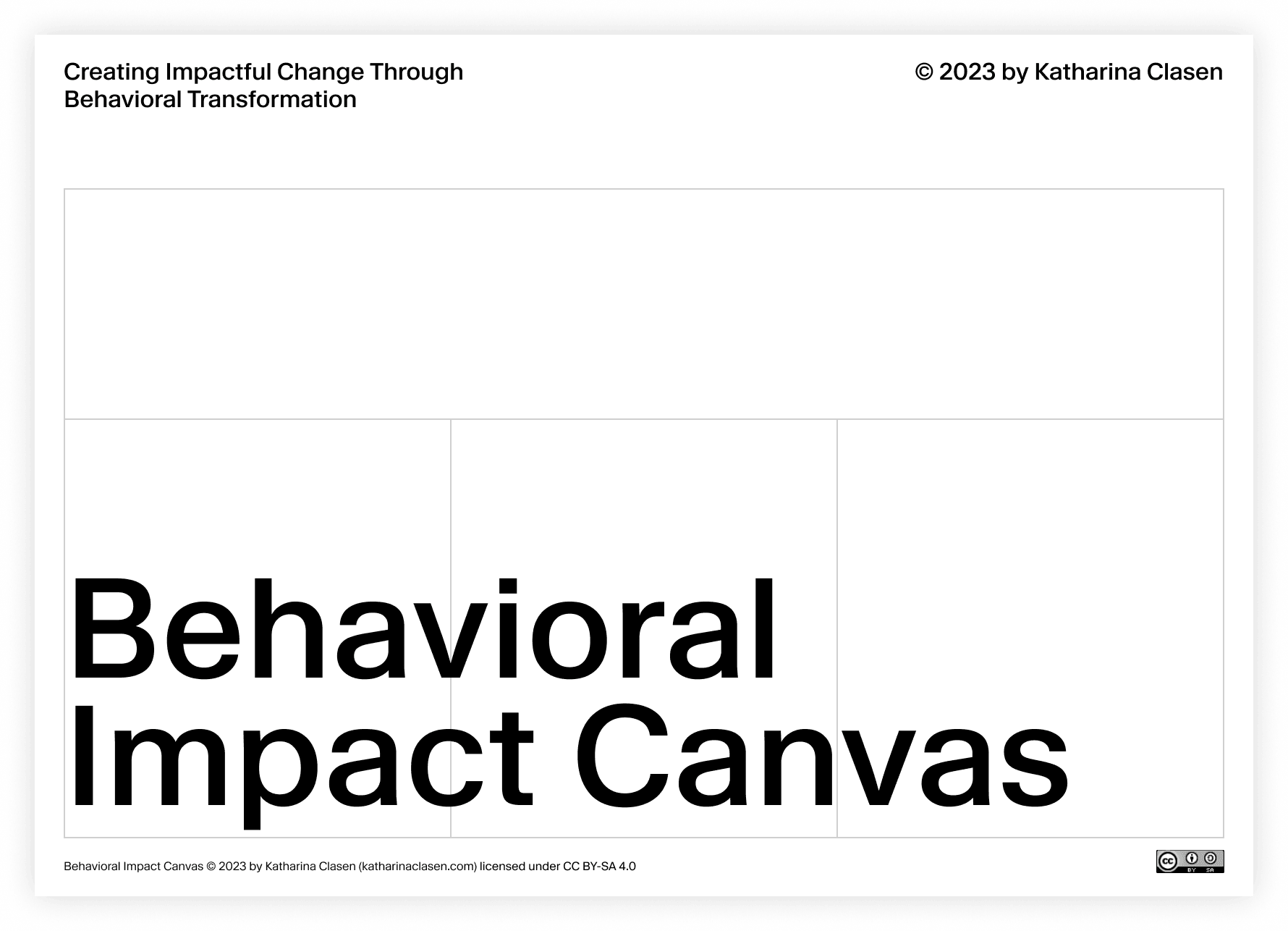
Behavioral Impact Canvas
A comprehensive tool for tackling complex challenges through behavioral analysis and transformation.
Many of the environmental and social issues we face today can be traced back to human behavior. The Behavioral Impact Canvas was developed to tackle these issues and harmful behaviors.
It is a versatile tool designed to empower designers, researchers, and change-makers of all kinds to address intricate environmental and social challenges by systematically analyzing and transforming human behavior.
My Life-centered projects
Here are the Life-centered Design projects I am working on
LifeCenteredDesign.Net – A Resource Repository
A couple of years ago I started working on LifeCenteredDesign.Net and finally launched it in 2022 together with my husband Timo Clasen. For now, LifeCenteredDesign.Net is a hub for resources around Life-centered Design and related fields. The overarching vision is to create a a place where people can go if they need help getting into Life-centered Design or if they want to approach their project in a life-centered manner.
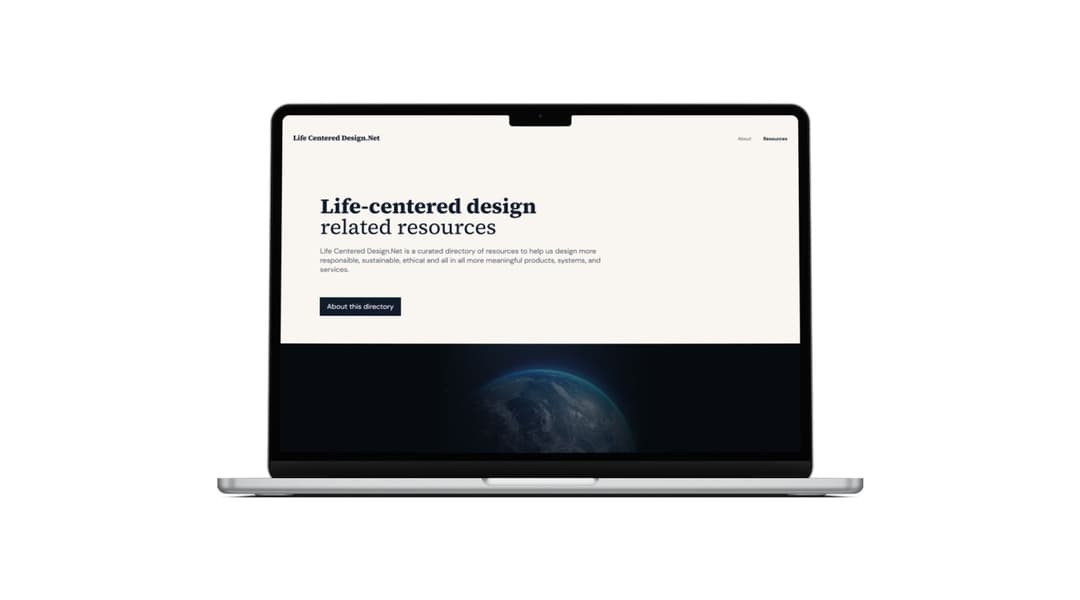
My Life-centered Design principles
These are the principles that guide my thinking and doing in Life-centered Design:
Purposeful
Life-centered Design puts purpose over profit

Long-term oriented
Applies long-term rather than short-term thinking
Balanced
Applies systems thinking and aims for balance (whole ecosystem)
Holistic
Regards the whole lifecycle of a solution and all (including non-human) actants
Inclusive
Regards actants of all backgrounds
Inspired by nature
Applies Biomimicry and therefore takes inspiration from natural systems and nature as a whole

Sustainable wellbeing
Is guided by a sustainable understanding of well-being that goes beyond the individual and acknowledges, that we live in an interconnected system
Ethical and non-exploitative
Allows no exploitation over the whole lifecycle
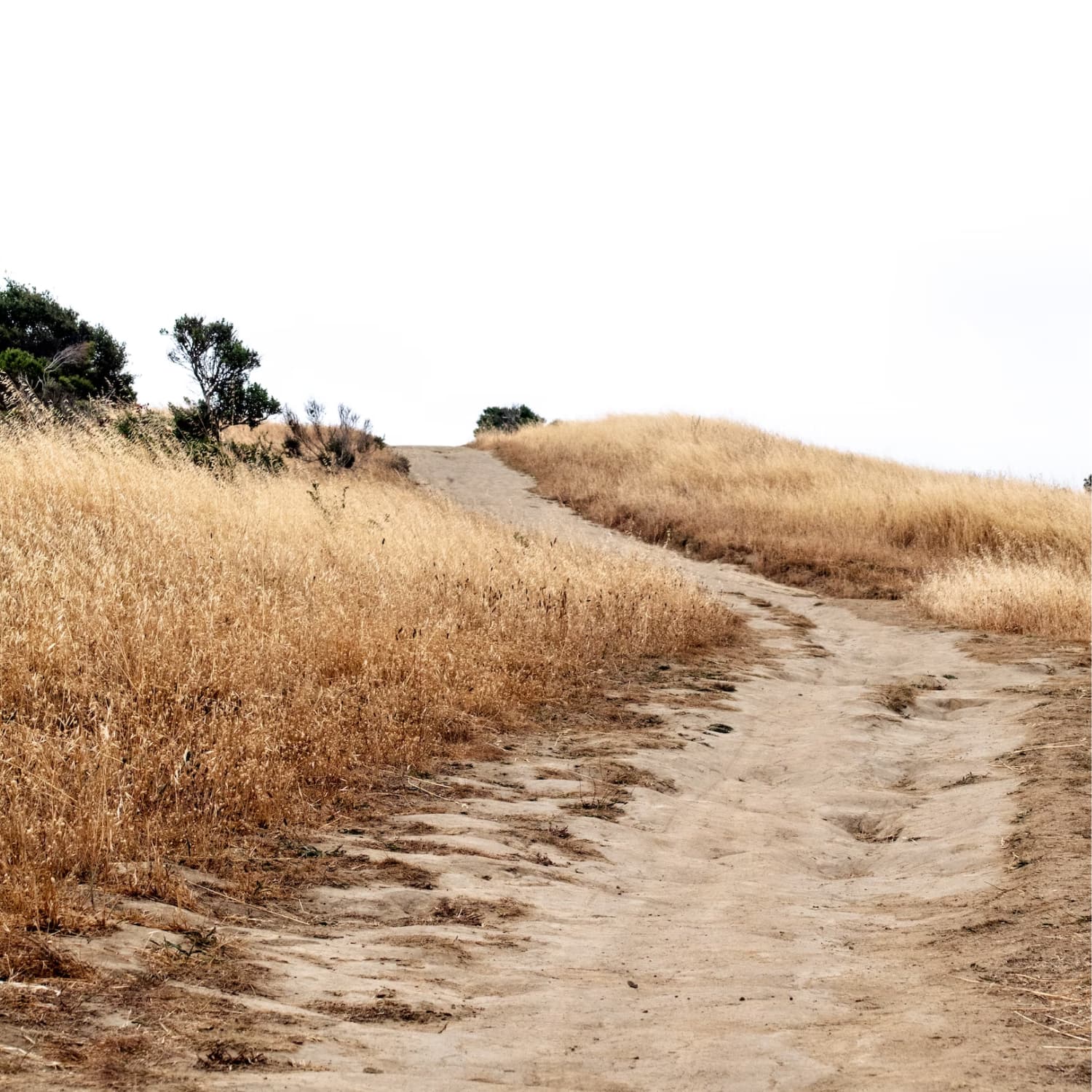
My Life-centered Design journey
I first came across the term “Life-centered Design” in 2019 in a Podcast Episode called “The Future is Life-Centered” – an Interview with Jane Fulton Suri (IDEO) in the Podcast “Mixed Methods”. This came at a perfect time, as it coincided with an ever-growing feeling of “not doing important enough work” and the wish to do more good with my time and talents.
From that moment on, I tried to learn as much as I could about Life-centered Design. I am still learning and I am also still trying to figure out how I can integrate Life-centered Design into my UX Design practice. But since I first heard that term, so much has evolved. Life-centered Design got way more popular and the community has grown a lot.
But also regarding my own journey: I found more and more ways to contribute to the LCD space. We launched the resource hub LifeCenteredDesign.Net, I co-founded the Life-centered Design collective, created frameworks for my students to use in my lecture at Stuttgart Media University, got interviewed or gave presentations a couple of times, co-founded a working group inside a German non-profit and so on. All of that with the intention to keep learning, collaborating, and sharing my believes and knowledge.
How Life-centered Design changes the way we design
This is how Life-centered Design changes the way we create products, systems, and services
From Human-centered
- Focusing on human needs
- Focusing on the context of use
Life-centered Design expands our thinking and doing along two axes
This is how I view it: Life-centered Design expands our thinking and doing in two dimensions:
- The first one is the time dimension. If we want to create a sustainable, or better yet, a regenerative solution, we need to expand the time we consider while designing. Instead of looking only at what serves short-sighted human desires or current problems of users, we should also consider the indirect and long-term effects of a solution and all its parts. Another way the time dimension is being expanded is regarding the lifetime of a solution. In Life-centered Design, we consider the whole life-span of a solution – from its building blocks all the way to whatever remains of it and the effects that have. Ideally creating a circle, where the remaining parts can be used to create something new or where the solution or parts of it regenerate something else.
- The second one is the actors and context dimension. Instead of only looking at human needs and human problems, in Life-centered Design we consider the needs of all life and address challenges that non-human life is facing. We not only want to make sure that our solutions do not harm non-human life, but we also need to start building products, services, and systems that serve or regenerate non-human life.
